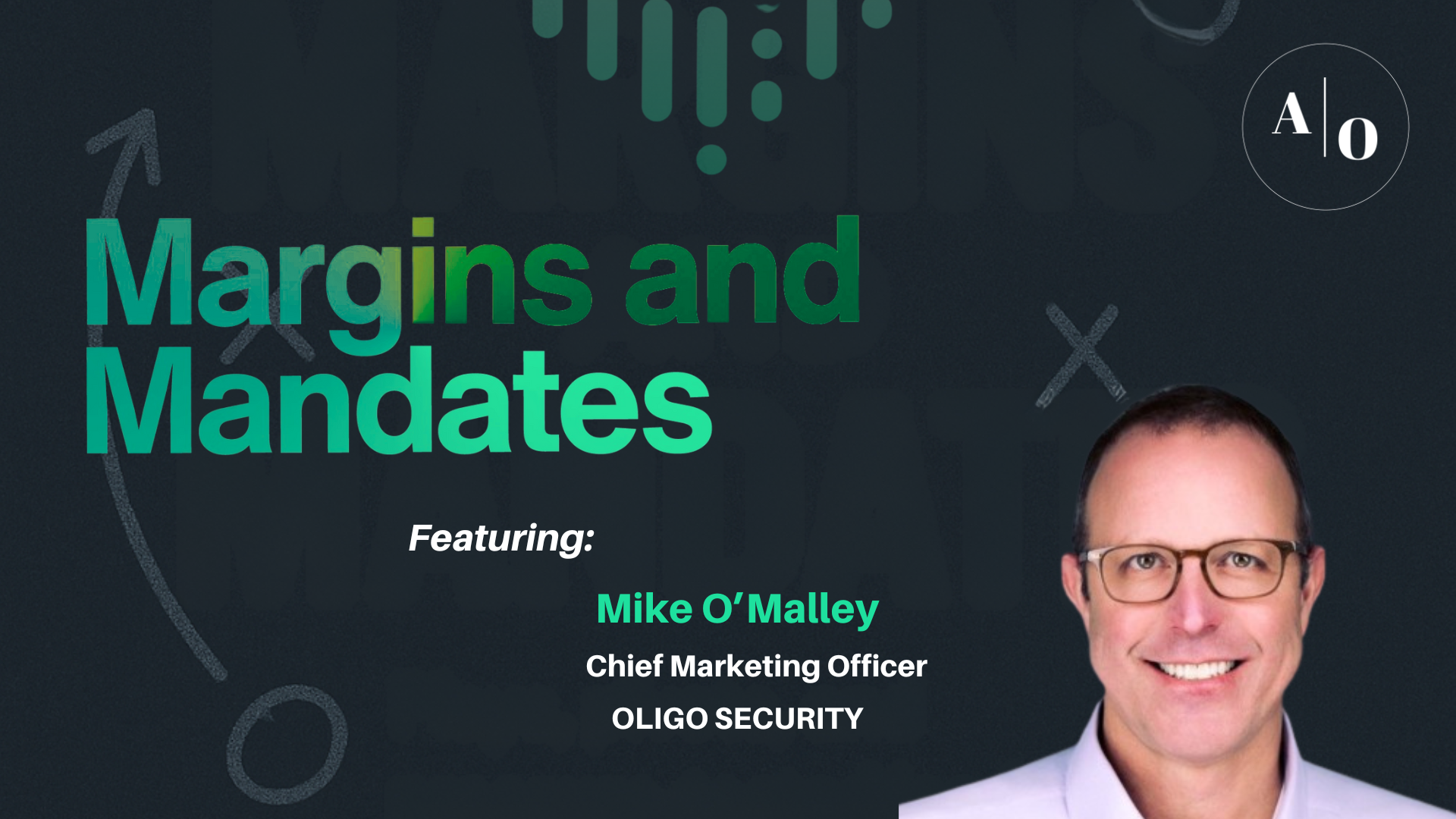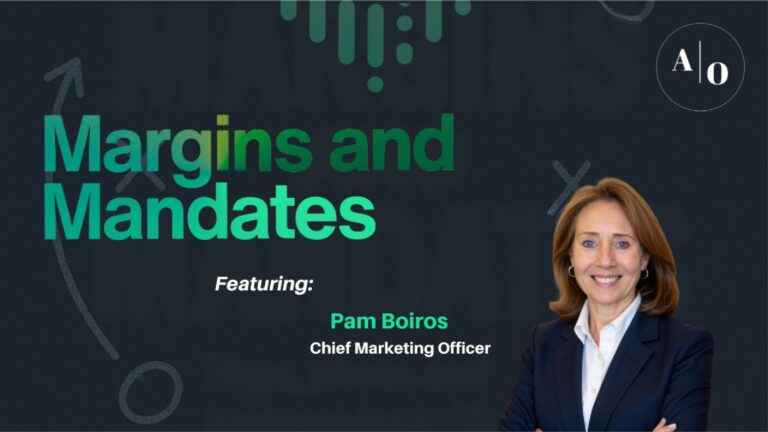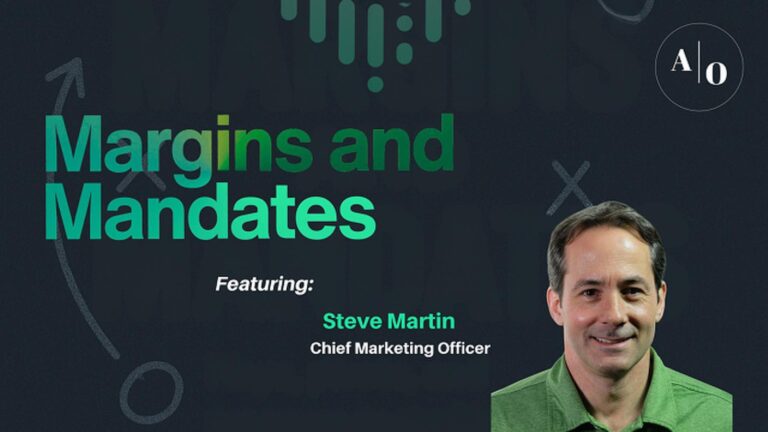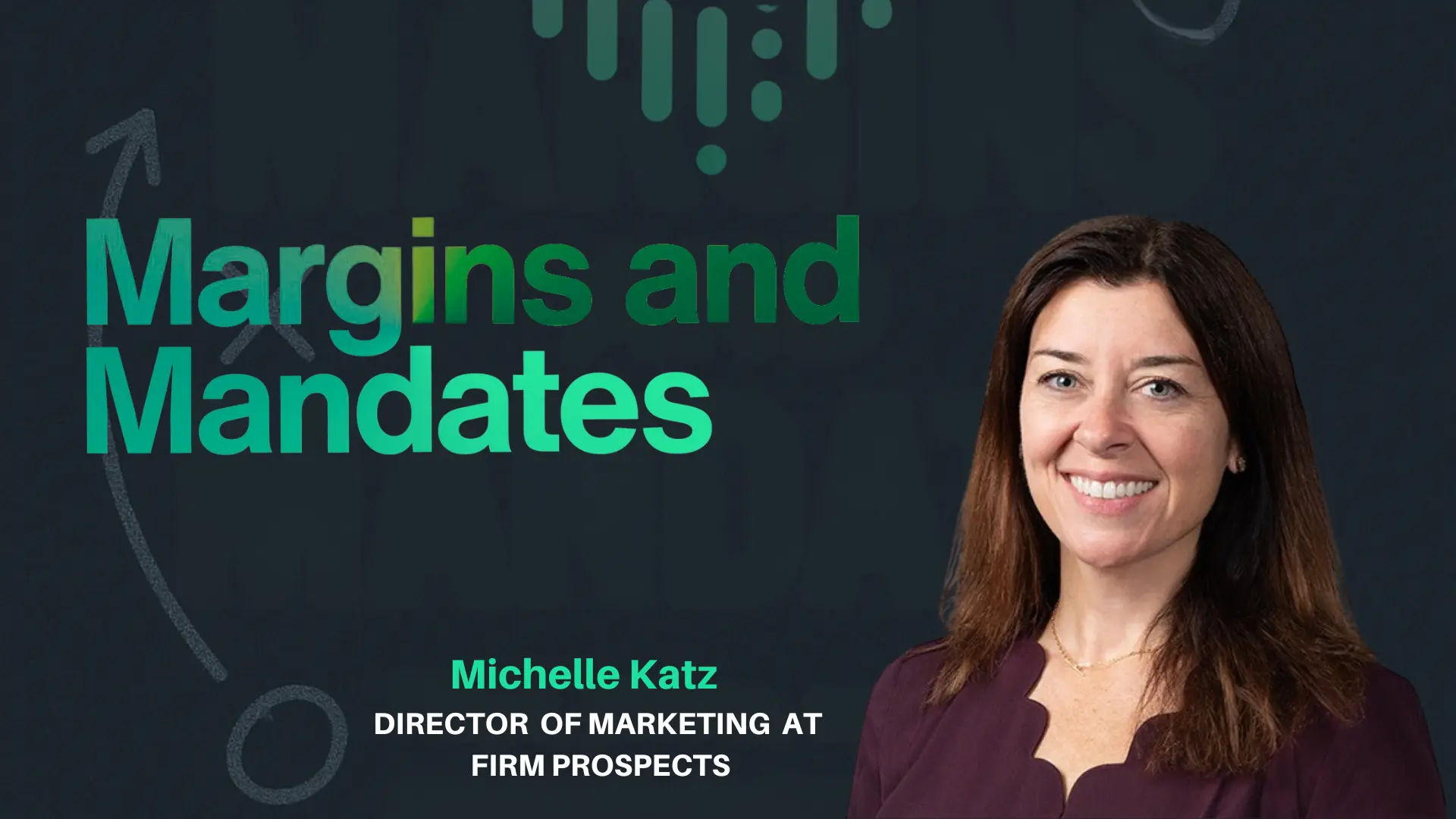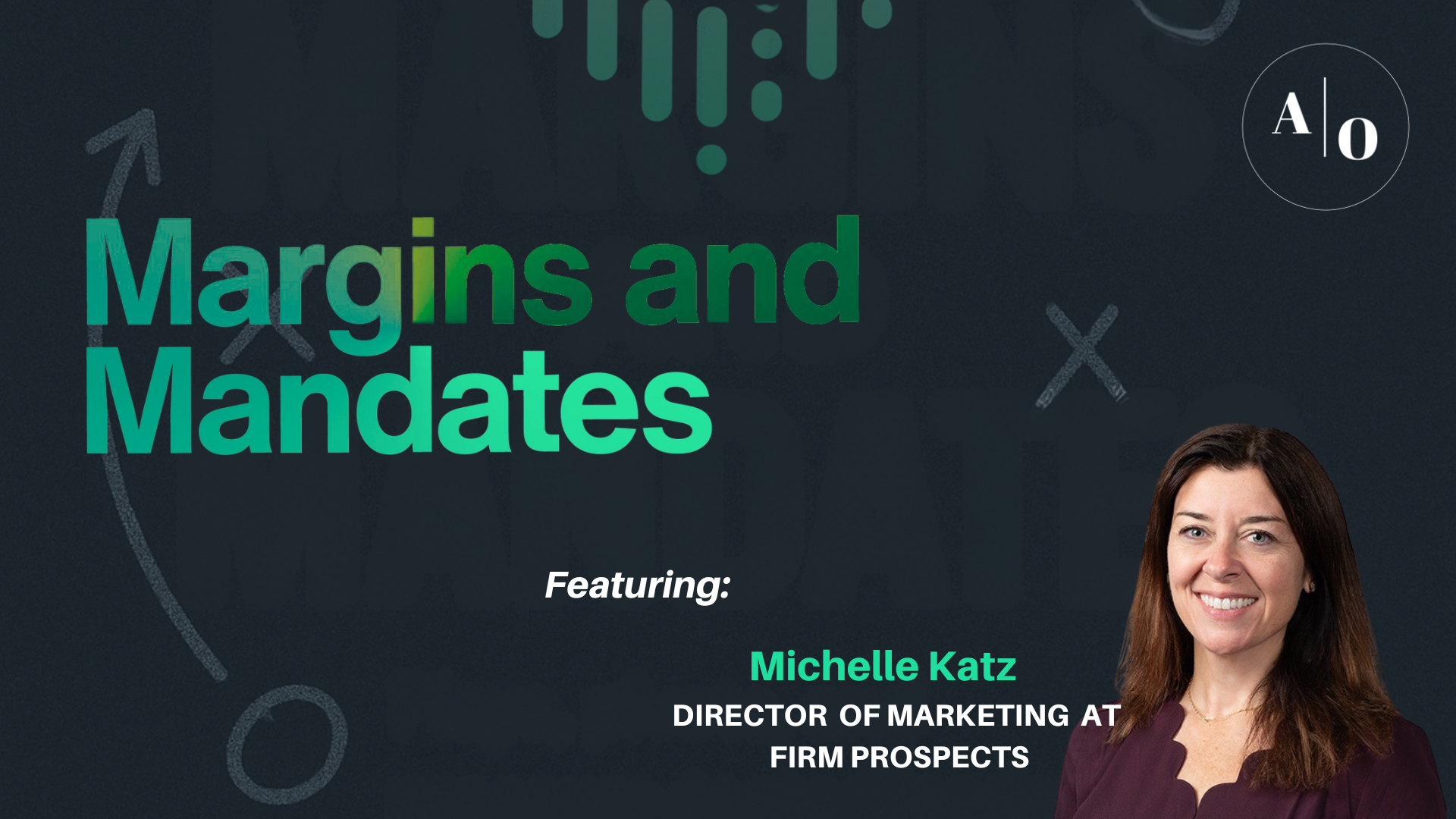Strategy without tactics is the slowest route to victory. Tactics without strategy is the noise before defeat.
Sun Tzu, The Art of War
Most of us start a new year with some form of a plan with defined and measurable objectives that cover a fiscal period that aligns with a budget – a Business Plan. We developed a set of best practices for annual business planning and outlined a 12-month schedule for building that plan. Many companies lack a strategic plan to provide a superstructure for the annual plan. The concept of strategy can be an amorphous one. The lack of strategy is a popular accusation of stakeholders up and down the organization when results are not being achieved, or employees question the value of their work.
What is strategy? How do you develop it? Who is responsible for it? How does it link to your budget and business plan? Volumes have been written about strategy, and many management consulting hours have been billed for defining it. We’ve tried simplifying the strategy concept and providing a practical guide to building adaptable Strategic Plans.
Elements of the Strategic Plan
In our world, value creation plans or the investment thesis are often the proxy for the company strategy. After all, the owners are most interested in ensuring the strategy aligns with the outcomes and timelines they want to achieve as investors. However, these artifacts are rarely maintained as the business transformation progresses and environmental factors change.
There is no shortage of definitions for what constitutes a strategy. For our purposes, we’ll define the following as the key elements to a Strategic Plan:
- Vision and strategy statement – a concise summary of where you see your business in three to five years.
- Business objectives (top-level) – the major goals that need to be achieved for your business vision to be realized. These might include attracting a new type of customer, developing new products and services, or securing new sources of finance.
- Implementation – involves setting out the key actions (with desired outcomes and deadlines) that will need to be completed to attain your top-level objectives.
- Resourcing – a summary of your proposed strategy’s implications on your business’ resources. This will reflect financing requirements and factors such as staffing levels, premises and equipment.
We have provided a template of a Strategic Plan below.

With these elements focused on a 3-5 year horizon, business plans and budgets aligned to the next fiscal period can be developed.
Building the Strategic Plan
A common recommendation for starting the planning process is to analyze internal and external drivers through a SWOT (strengths, weaknesses, opportunities, and threats) analysis.
Vision and Objectives
While internal drivers would include factors such as funding levels, geography, and organization. Analysis of external drivers should cover factors such as market structure, demand levels and cost pressures. We recommend Michael Porter’s ageless Five Forces model, which focuses on the company’s competitive position in the market. The model looks at:
- Customers’ bargaining power – the higher it is (perhaps because there is a small number of major buyers for your product or service), the more downward pressure on prices and revenue they will be able to exert
- Suppliers’ bargaining power – the ability of suppliers to push prices up (for instance, if you rely on a single firm) can significantly impact costs and profitability
- New entrants to the market – the threat of new competitors entering your market or industry – more businesses competing makes it more difficult to retain market share and maintain price levels
- Cost of change – the relative ease in which customers can switch to newer products and services
- Competitive landscape – the level of competition between businesses in the market – including the number and relative strength of the businesses and the cost to customers of switching between them
Through this strategic framework, organizations can develop a roadmap for navigating the complex business landscape, capitalizing on their competitive advantages, and positioning themselves for sustainable growth. This analysis can drive the vision and business objectives of the strategic plan.
Implementation and Resources
To define the implementation and resources of the plan, we recommend a framework aligned with value creation pillars. The goal is to define strategic initiatives that, once properly resourced, will drive the defined business objectives. Since growth is almost always a value creation pillar, let’s use it as an example with a company that has a business objective to have high customer retention by having a high cost of change relative to the competitors in the market. In this case, having a strategic initiative to refactor the product to an open architecture and building integration marketplace might make sense.
With the strategic plan in place, leaders can collaborate to define initiatives, set goals, and align organizations around a 12-month plan to progress toward these goals.
Building a Living Plan
When markets change frequently, a fully integrated, comprehensive plan can work against you, as it doesn’t leave room to add or easily adjust plans. According to Gartner, minimally viable plans enable the organization better to embrace the core tenets of an adaptive organization.
In fact, Gartner recommends “strategy sprints,” which promote rapid experimentation with strategic concepts not contained in the minimally viable plan. This allows fast evaluation of concepts that either continue to invest in or fail quickly.
Most people think of strategy as an event, but that’s not the way the world works. When we run into unanticipated opportunities and threats, we have to respond. Sometimes we respond successfully; sometimes we don’t. But most strategies develop through this process.
Clayton Christensen, Author, The Innovator’s Dilemma
In addition to operating in a potentially dynamic market, environmental factors should be constantly observed and measured for potential current or future impact to the strategy. The PESTLE model breaks the business environment down into the following components:
- Political – changes to taxation, trading relationships or grant support for businesses
- Economic – interest rates, inflation, and changes in consumer demand
- Social – demographic trends or changing lifestyle patterns
- Technological – the emergence of competing technologies or productivity-improving equipment for your business
- Legal – changes to employment law or to the way your sector is regulated
- Environmental – changing expectations of customers, regulators and employees on sustainable development
Armed with a minimum viable plan poised to adapt to market and environmental conditions, the challenge becomes organizational alignment. A recent survey showed that 59% of organizations successfully achieving strategic objectives have clearly assigned responsibilities across the enterprise.
Assigning clear responsibilities to leaders and teams is crucial to navigating strategic objectives effectively. This clarity isn’t just procedural; it’s vital for creating a transparent environment. Such transparency enables leaders to identify and mitigate risks that could impact outcomes. It also allows the organization to adjust strategies as priorities and results evolve. This method highlights a commitment to strategic foresight, adaptability, and continual excellence in execution.
Actionable Takeaways
Developing a robust strategic plan is essential for SaaS companies to navigate an ever-changing business landscape successfully. However, it’s equally crucial to complement this long-term strategy with an annual business plan that outlines the specific initiatives and resources needed for execution.
The key actionable takeaways are:
- Define a clear strategic plan with a vision statement, top-level objectives, implementation roadmap, and resource requirements focused on a 3-5-year horizon.
- Conduct a thorough analysis of internal and external factors using frameworks like SWOT and Porter’s Five Forces to inform your strategic direction.
- Adopt a “minimally viable plan” approach that allows for rapid experimentation and adaptability as market conditions evolve. Consider “strategy sprints” to evaluate new strategic concepts quickly.
- Monitor environmental factors (PESTLE) that could impact your strategy and be prepared to pivot when necessary. As Christensen notes, “Most strategies develop through…responding to unanticipated opportunities and threats.”
- Ensure clear assignment of responsibilities and foster transparency to enable effective strategy execution, risk mitigation, and agility in adjusting priorities.
By striking the right balance between strategic planning and operational execution, SaaS leaders can position their companies for sustainable growth and success in an ever-changing competitive landscape.
- Christensen, C. (2012). “Disruptive Innovation” Harper Business
- Porter, Michael, (1979), “How Competitive Forces Shape Strategy” Harvard Business Review
- Gartner, (2023), “Essential Guide to Strategic Planning“


